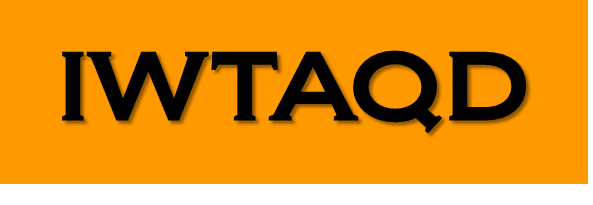| Oleg I.
Tolstikhin |
MIPT
|
Adiabatic Theory, Tunneling
ionization
|
Jan 15 - Feb 3, 2018
|
| Chiennan
Liu |
Fu-jen catholic U |
He dynamics under FEL/IR
laser
|
Jan 24 - Feb 7, 2018
|
| Akiyoshi
Hishikawa |
Nagoya U |
FEL, Molecular dynamics
|
Feb 29-30, 2018
|
Toshiyuki
Azuma
|
RIKEN
|
Ion trap, atomic ionization
|
Feb 29 |
| Yueming
Zhou |
Huazhong U. of Science
&Tech.
|
Strong-Field Photoelectron
Holography
|
Jan 17 - Feb 5
|
|
|
|
|
Kohji Abe
|
UEC
|
Raman, high-rep exp |
Jan 15 - Feb 7, 2018 |
Masayuki Katsuragawa
|
UEC
|
Raman, high-rep exp |
Jan 15 - Feb 7, 2018 |
| Jens Svensmark
|
UEC
|
Molacular dynaimcs in intese laser fields
|
Jan 15 - Feb 7, 2018 |
| Tor
Kjellsson Lindblom |
UEC
|
Relativistic effects in strong field phyics
|
Jan 15 - Feb 7, 2018 |
Michio Matsuzawa
|
UEC
|
Rydberg atom
|
Jan 29, 2018
|
Shinichi Watanabe
|
UEC |
Many body physics |
Jan 15 - Feb 7, 2018 |
| Toru Morishita |
UEC
|
Chair
|
Jan 15 - Feb 7, 2018 |
Shun Ohgoda
|
UEC
|
TDSE/Static Field Induced States
|
Jan 15 - Feb 7, 2018 |
| Hirokazu Matsui |
UEC |
Siegert states, Adiabatic
transition
|
Jan 15 - Feb 7, 2018 |
Jargalsaikhan Amgalan
|
UEC |
Intense laser physics
|
Jan 15 - Feb 7, 2018 |
Hisashi Ishinoda
|
UEC |
Intense laser physics |
Jan 15 - Feb 7, 2018 |
Yushiro Suzuki
|
UEC |
Intense laser physics |
Jan 15 - Feb 7, 2018 |
Keisuke Kuwabara
|
UEC |
Many body physics
|
Jan 15 - Feb 7, 2018 |
Takahiro Hosaka
|
UEC |
Many body physics |
Jan 15 - Feb 7, 2018 |
Chihiro Tokuda
|
UEC |
Many body physics |
Jan 15 - Feb 7, 2018 |
|
|
|
|





